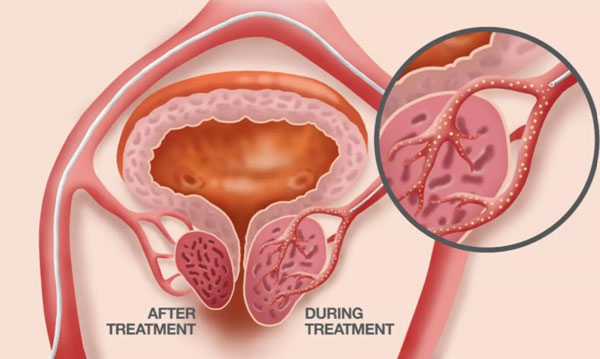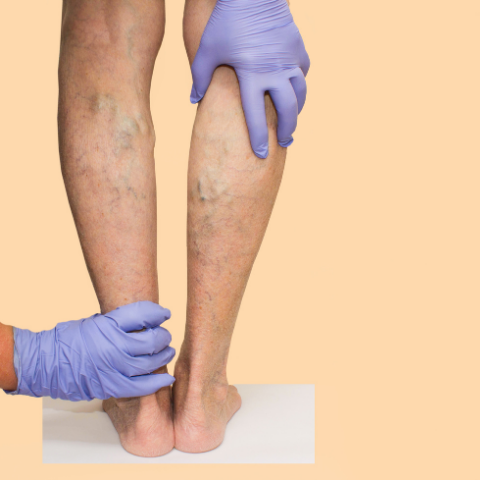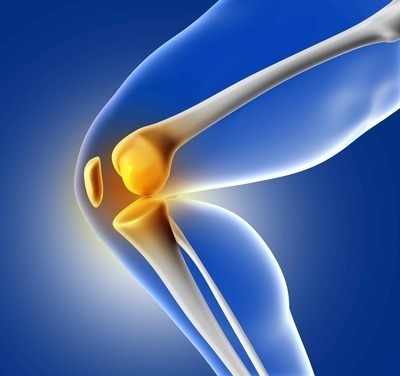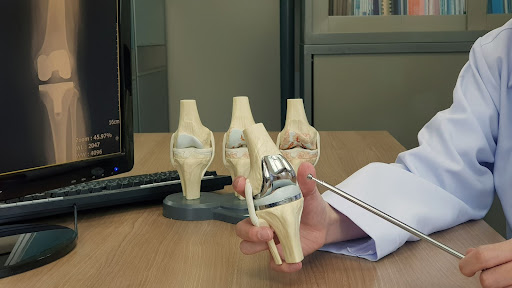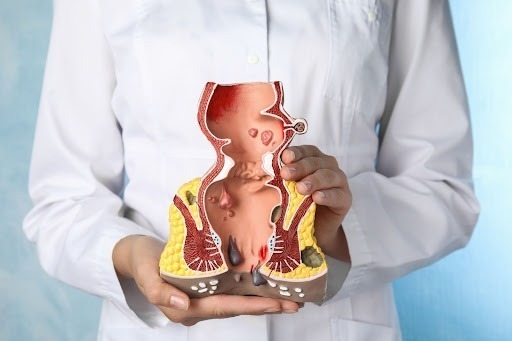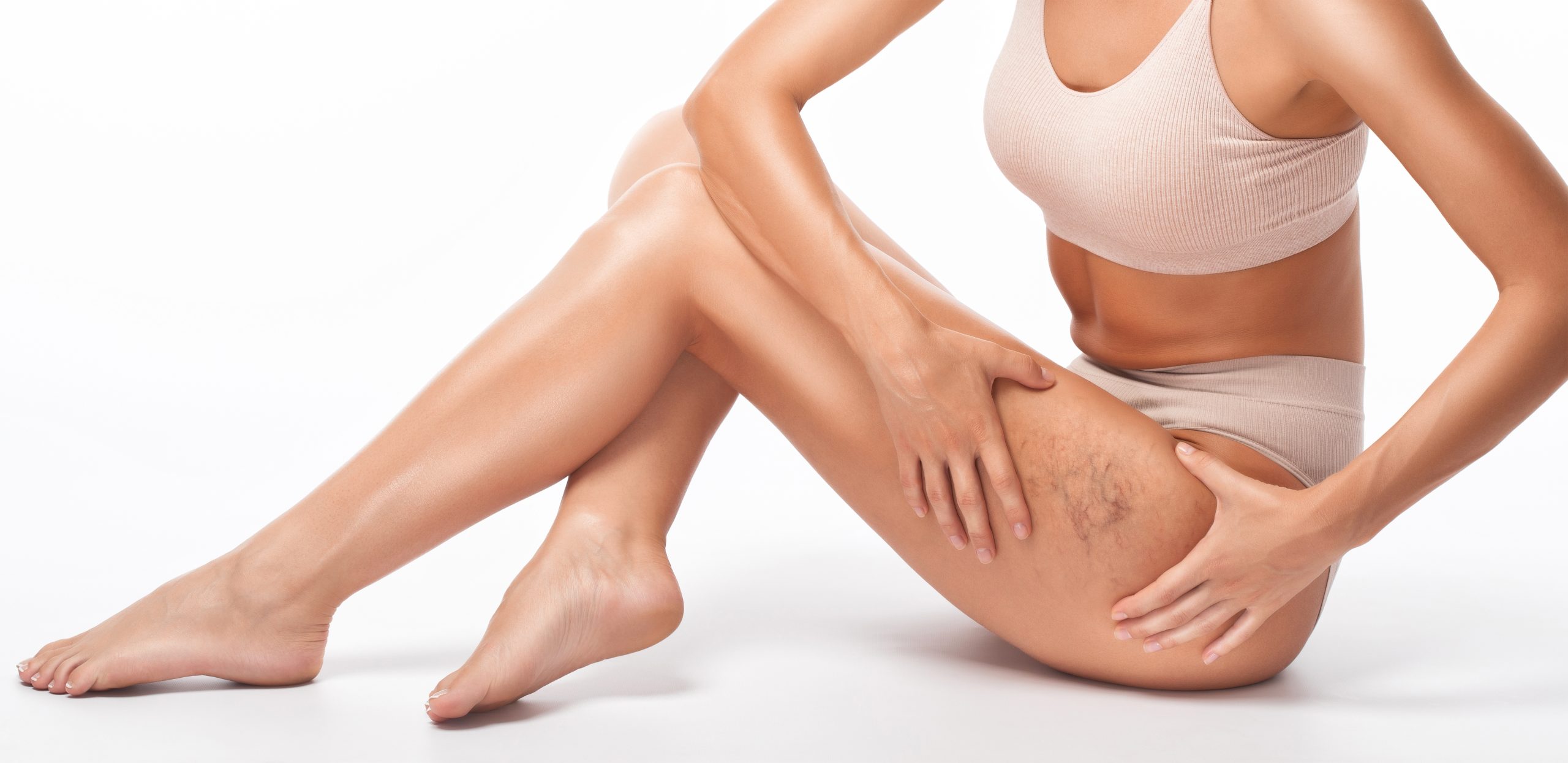Liposuction
Liposuction: All That You Need To Know
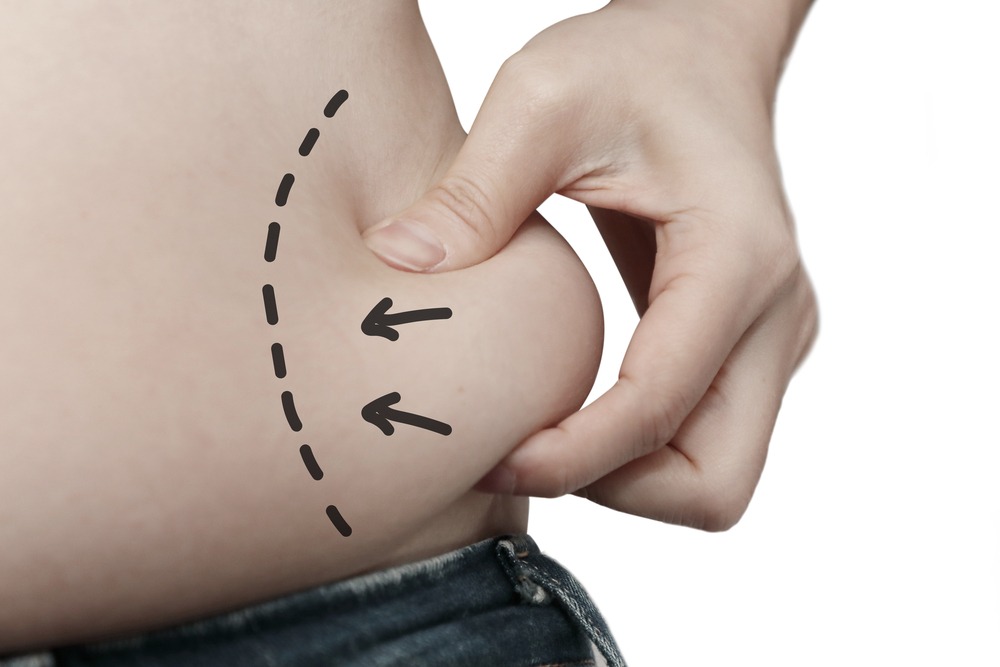
by admin
8th September 2023
9 minutes read
Introduction:
Liposuction, also known as “lipo suction,” is a popular cosmetic surgical procedure designed to remove stubborn fat deposits from various areas of the body. This article aims to provide you with a comprehensive understanding of liposuction, covering everything from the procedure itself to its costs, risks, and potential outcomes. If you’re considering liposuction as a means of achieving a more contoured physique, read on to learn all about this transformative fat removal surgery.
What is Liposuction?
Liposuction is a surgical procedure that involves the removal of excess fat from specific areas of the body, such as the abdomen, thighs, hips, buttocks, arms, or neck. The goal of liposuction is to sculpt and contour the body by targeting and eliminating unwanted fat deposits that may be resistant to diet and exercise. The procedure is typically performed under general anesthesia or local anesthesia with sedation.
Liposuction Procedure and Techniques
There are several liposuction techniques used by qualified plastic surgeons today. Some of the commonly employed methods include:
1. Tumescent Liposuction:
This technique involves injecting a large volume of a solution (a mixture of saline, lidocaine, and epinephrine) into the targeted fat area before suctioning the fat out. The solution helps numb the area, reduce bleeding, and ease the fat removal process.
2. Ultrasound-Assisted Liposuction (UAL):
UAL uses ultrasound energy to liquefy fat cells, making them easier to remove. This technique is often used in areas with denser fat deposits or fibrous tissue.
3. Laser-Assisted Liposuction (LAL):
LAL employs laser energy to liquefy the fat, allowing for easier removal. It also promotes collagen production, leading to some skin-tightening effects.
4. Power-Assisted Liposuction (PAL):
PAL uses a motorized cannula that vibrates to dislodge fat cells, reducing the physical effort required during the procedure.
Liposuction – What to Expect?
Liposuction is a surgical procedure that aims to remove excess fat from specific areas of the body, providing patients with a more contoured and proportionate figure. Before undergoing liposuction, it’s crucial to understand what to expect from the procedure, from the initial consultation to the recovery period. Here’s a detailed overview of what you can anticipate during your liposuction journey:
1. Initial Consultation:
The first step in the liposuction process is to schedule a consultation with a board-certified plastic surgeon or a qualified cosmetic surgeon. During this appointment, you will discuss your cosmetic goals, medical history, and any pre-existing health conditions. Your surgeon will conduct a physical examination and assess your overall candidacy for the procedure.
It’s essential, to be honest and open during this consultation, discussing your expectations, concerns, and any questions you may have about the procedure. Your surgeon will provide a detailed explanation of the liposuction process, including the potential risks and benefits, and help you determine if liposuction is the right option for achieving your desired results.
2. Preparing for the Procedure:
Once you have decided to proceed with liposuction, your surgeon will provide you with pre-operative instructions to ensure a smooth surgery and recovery. These instructions may include:
- Avoiding certain medications and supplements that can increase the risk of bleeding.
- Quitting smoking, as smoking can impair the healing process.
- Staying hydrated and following a healthy diet support your body’s healing abilities.
- Arrange for a responsible adult to drive you home after the procedure and assist you during the initial recovery period.
3. Day of the Procedure
On the day of your liposuction surgery, you will be asked to arrive at the surgical facility or hospital at the scheduled time. Your surgeon will review the procedure with you once again, answer any last-minute questions, and have you sign any required consent forms.
You will then be taken to the operating room, where the anesthesia will be administered. The type of anesthesia used will depend on the extent of the procedure and your surgeon’s recommendation. In most cases, liposuction is performed under general anesthesia, but local anesthesia with sedation may be used for smaller treatment areas.
4. Liposuction Procedure
The liposuction procedure involves the following general steps:
a.Marking the Treatment Areas:
Before the surgery begins, your surgeon will mark the areas to be treated while you are in a standing position. This helps ensure a more accurate and symmetrical outcome.
b. Incisions:
Small incisions, typically measuring a few millimeters in length, will be made near the treatment areas. These incisions serve as entry points for the cannula, the thin, hollow tube used to suction out the fat.
c. Tumescent Solution:
In the tumescent liposuction technique, a special solution containing a mixture of saline, local anesthesia (lidocaine), and a vasoconstrictor (epinephrine) is injected into the treatment area. This solution helps numb the area, reduce bleeding, and make the fat removal process more comfortable.
d. Fat Removal:
Once the tumescent solution has taken effect, the surgeon will insert the cannula through the incisions and carefully suction out the excess fat. The cannula’s back-and-forth motion breaks up the fat cells, which are then removed via a vacuum-like device attached to the cannula.
e. Contouring and Symmetry:
The surgeon will sculpt the treated areas to achieve a more balanced and natural-looking result.
5. Recovery and Post-Operative Care:
After the liposuction procedure, you will be monitored in the recovery area until the effects of anesthesia wear off. Depending on the extent of the surgery and the anesthesia used, you may be allowed to return home the same day or be required to spend a night in the hospital.
Your surgeon will provide specific post-operative care instructions to help you have a smooth recovery and optimize your results. These instructions may include:
- Wearing compression garments to minimize swelling and support the treated areas.
- Taking prescribed pain medications to manage any discomfort.
- Avoid strenuous activities and exercise for several weeks.
- Attending follow-up appointments with your surgeon to monitor your progress.
6. Recovery Period
The recovery period after liposuction varies from person to person and depends on the extent of the procedure and individual healing capacity. While you may be able to resume light activities within a few days, it’s essential to avoid vigorous exercises and heavy lifting for several weeks to allow your body to heal properly.
Swelling, bruising, and soreness are common after liposuction and will gradually subside over time. Your surgeon may recommend lymphatic massage to help reduce swelling and promote healing.
7. Final Results
It’s essential to have realistic expectations about your liposuction results. The final outcome will become apparent once the swelling has fully subsided, which may take several months. With proper diet, exercise, and a healthy lifestyle, the results of liposuction can be long-lasting.

Liposuction Costs and Financing Options
The cost of liposuction can vary widely depending on several factors, including the number of areas being treated, the amount of fat to be removed, the surgeon’s expertise, and the geographical location of the clinic. On average, liposuction costs can range from $2,000 to $7,000 per treatment area.
It’s important to note that liposuction is generally considered a cosmetic procedure, and health insurance usually does not cover its costs. However, some clinics offer financing options to help patients manage their expenses more easily.
Risks and Complications of Liposuction
Like any surgical procedure, liposuction carries certain risks and potential complications. Some of these may include:
- Infection: Infections may occur at the incision sites if proper post-operative care is not followed.
- Irregular contours: If too much fat is removed or if the procedure is performed unevenly, it may lead to irregular contours.
- Fluid imbalance: The fluid used during the procedure can cause temporary imbalances in the body, which may require medical attention.
- Skin damage: The cannula’s movement under the skin can potentially cause damage to the skin or underlying tissues.
- Blood clots: In rare cases, blood clots may form, posing a serious health risk.
- Numbness: Some patients may experience temporary or permanent numbness in the treated areas.
Conclusion
Liposuction is a popular and effective fat removal surgery that can help you achieve a more contoured and defined physique. Before considering this procedure, it is essential to consult with a qualified plastic surgeon and thoroughly understand the risks, costs, and recovery process.
Remember that liposuction is not a substitute for a healthy lifestyle, and maintaining a balanced diet and regular exercise routine is essential for long-term results. Always choose a reputable and experienced surgeon to ensure the best possible outcome and minimize potential risks. With proper research, consultation, and care, liposuction can be a transformative option for those seeking to address stubborn fat deposits and achieve their desired body shape.
How Can Medfin Help?
Medfin is a daycare surgery expert providing access to the latest surgical procedures and top doctors in your city at affordable prices. Medfin provides you access to top doctors and surgeons with 10+ years of experience . With Medfin, you can leave your hassles behind and focus on your health. From instant consultations to paperwork assistance, we have got you covered with everything. So why wait? Call us today!
FAQs
While there is immediate improvement after the procedure, it takes several weeks for swelling to subside, and the final results usually become apparent within 3 to 6 months.
Yes, liposuction can be combined with other cosmetic procedures like tummy tuck, breast augmentation, or facelift to achieve comprehensive body contouring and aesthetic goals. This combination is often referred to as a “mommy makeover” when addressing multiple areas after pregnancy.
The recovery period varies from person to person and depends on the extent of the procedure. In general, patients can expect to resume light activities within a few days and return to regular activities within a few weeks.
Liposuction primarily addresses excess fat, and while it can cause some skin tightening, it is not suitable for significant skin sagging. In cases of substantial skin laxity, a surgical procedure like a body lift may be more appropriate.
The incisions made during liposuction are typically small and strategically placed in inconspicuous areas. As a result, any scarring is usually minimal and fades over time.
CATEGORIES
- ACL Reconstruction
- Anal Fissures
- Anal Fistula
- Appendicitis
- ASK A DOCTOR
- Benign Prostatic Hyperplasia
- Breast Lump Excision
- Cataract
- Circumcision
- Conditions & Diseases
- Cosmetology
- Covid-19
- Cure
- Endocrinology
- ENGLISH VIDEOS
- Eye Care
- Gallstones
- General Surgeries
- Government Schemes
- Gynaecology
- Gynecomastia
- Health
- Health Insurance
- Hernia
- Hindi
- Hip Arthoscopy
- Hip Replacement
- Hip Replacement Surgery
- Hydrocele
- Kannada
- Kidney Stones
- Knee Arthroscopic
- Laparoscopic
- LASER
- Latest Treatments
- Lifestyle
- Liposuction
- Medfin Stories
- Medicine
- Nephrology
- Ophthalmology
- Orthopaedic
- Paraphimosis
- Patient Testimonials
- PCL Reconstruction
- Phimosis
- Piles (Hemorrhoids)
- Pilonidal Sinus
- Proctology
- Prostate Artery Embolization
- Rhinoplasty
- Second Opinion
- Total Knee Replacement
- Urology
- Uterine Artery Embolization
- Uterine Fibroids
- Varicocele
- Varicose Veins
- Vascular
- VIDEOS
